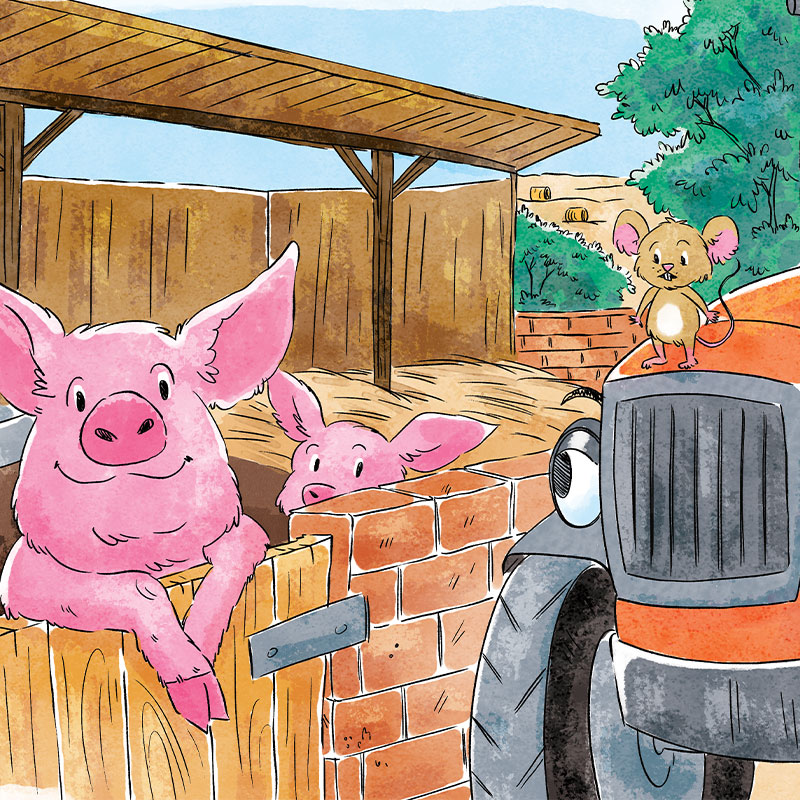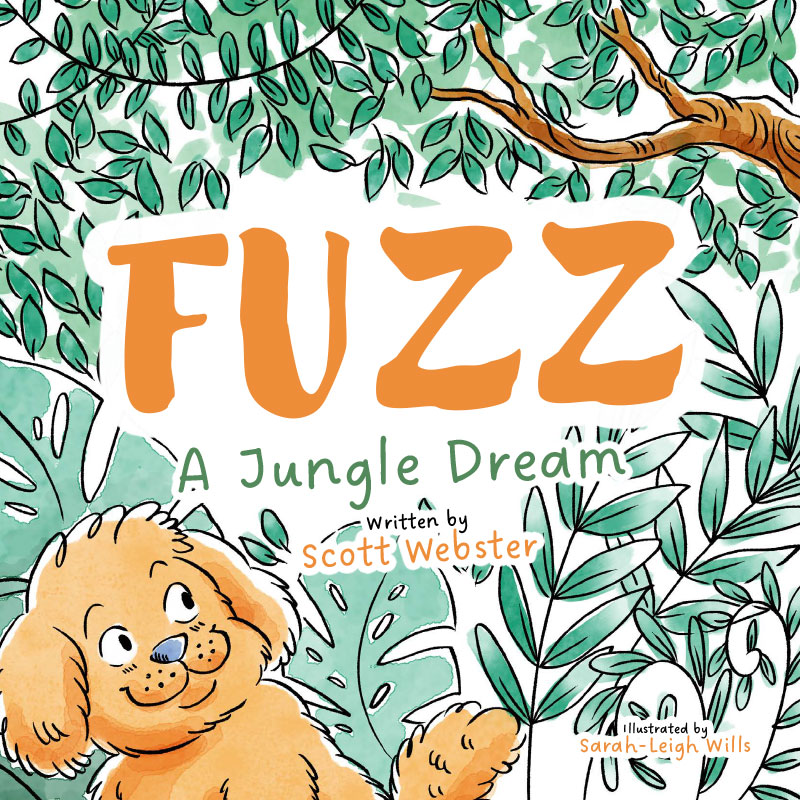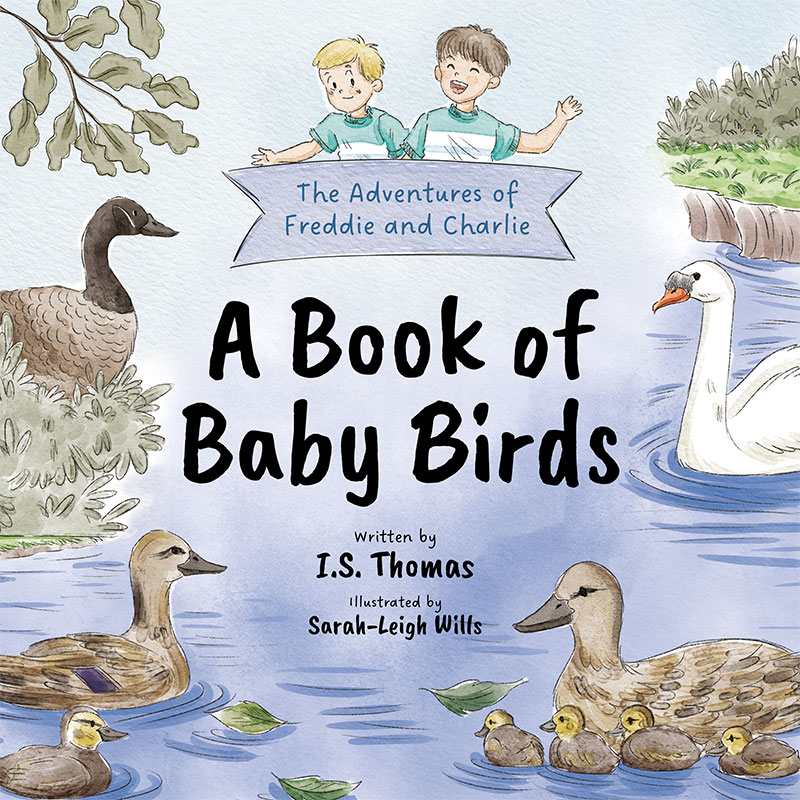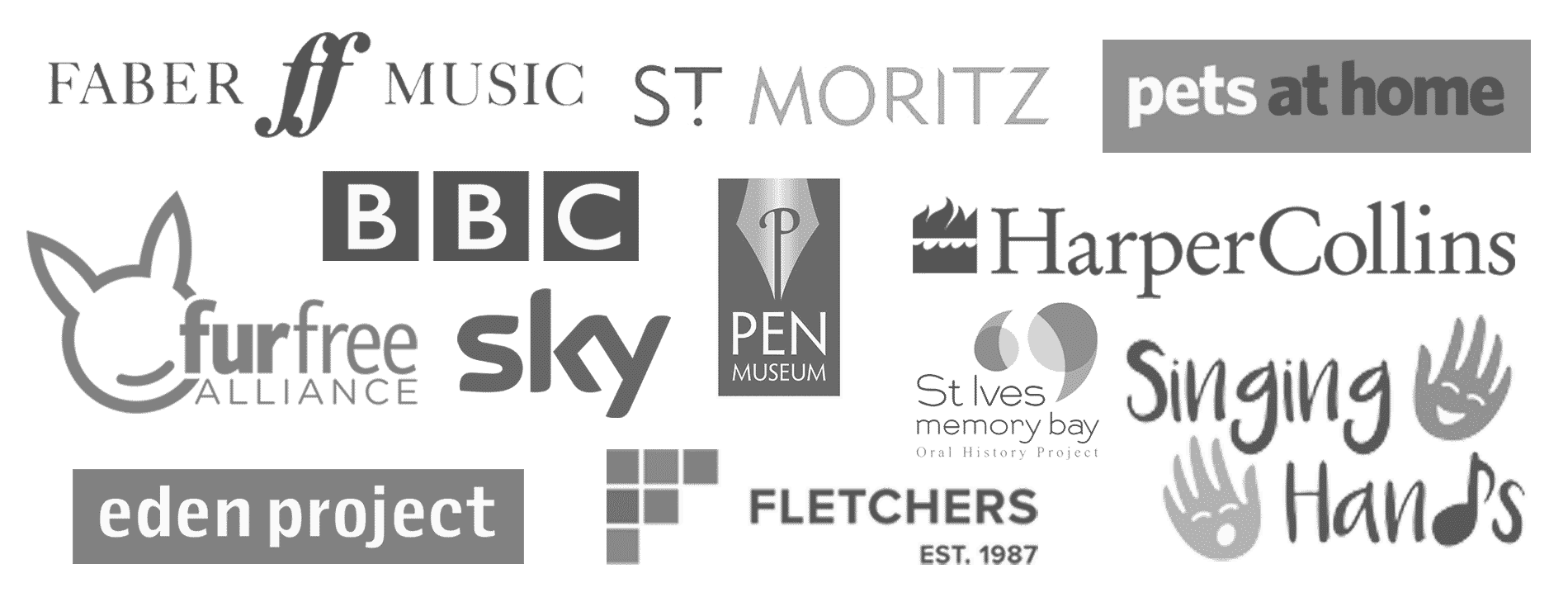Why Use Animals in Children’s Stories?
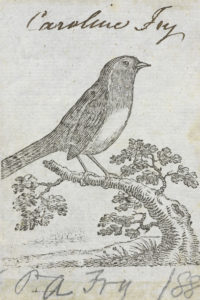 Once upon a time animals and children’s books didn’t always start with Disney! It’s been shown that, historically, children’s books used animals as a way of tapping into familiarity; children would use animals they already knew of to learn to count, read and understand the world around them. One of the earliest known children’s books, “Comenius’s Orbis sensualium pictus”, seems to have been used to teach children the alphabet using animals. As the printing press grew, so did the demand for books and the thirst for books for children. Publishers would try to find new things for people to buy for their children, which were often a reworking of old stories accompanied by woodcut images of dogs, sheep and horses, but things did become a little more sophisticated by the early nineteenth century. During this time, zoos and museums were becoming more popular, allowing for more exotic animals to be drawn for, and identified by, children. Some of these stories were used to teach children about the various animals around them, but some had moral tales, and taught children about the correct treatment of animals. Since a child is normally quite young when these stories are being read, the cognitive development in the brain hasn’t quite refined the “group and sort” part of the brain. As it develops, and as they read, children learn to group animals and humans together, which means they see animals and humans as they would humans (anthropomorphised), albeit with feathers or fur!
Once upon a time animals and children’s books didn’t always start with Disney! It’s been shown that, historically, children’s books used animals as a way of tapping into familiarity; children would use animals they already knew of to learn to count, read and understand the world around them. One of the earliest known children’s books, “Comenius’s Orbis sensualium pictus”, seems to have been used to teach children the alphabet using animals. As the printing press grew, so did the demand for books and the thirst for books for children. Publishers would try to find new things for people to buy for their children, which were often a reworking of old stories accompanied by woodcut images of dogs, sheep and horses, but things did become a little more sophisticated by the early nineteenth century. During this time, zoos and museums were becoming more popular, allowing for more exotic animals to be drawn for, and identified by, children. Some of these stories were used to teach children about the various animals around them, but some had moral tales, and taught children about the correct treatment of animals. Since a child is normally quite young when these stories are being read, the cognitive development in the brain hasn’t quite refined the “group and sort” part of the brain. As it develops, and as they read, children learn to group animals and humans together, which means they see animals and humans as they would humans (anthropomorphised), albeit with feathers or fur!
Morality and Animals

Sarah Trimmer, an author who helped with the education of royalty, wrote a book called “Fabulous Histories“, in which a family of robins and human family taught children about kindness and social duty. The family of robins showed how to be kind to one another, and offered a model which the children could follow in order to have a happy life with family and friends. One of the best known children’s books about animals wasn’t written for children; “Black Beauty” was actually written in order to educate people about the right way to treat horses. It could be said that the success of Black Beauty, which has sold millions of copies, shows how enduring books about animals are, especially for children. Children have an amazing ability to separate emotions and context better with animal models than with human ones. In order to capitalise on this, you’ll notice authors often show animals standing up for one another, helping their family and teaching morals. This is very evident in the Happydesigner illustrated book, “Percy the Pipistrelle Bat“, where children are taught about bat conservation through Percy, who is looking for somewhere to roost but is finding that many of his usual haunts are being taken away.
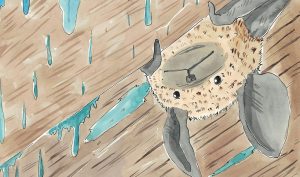
Identifying With Animals
It’s been found that children do relate more to an animal, rather than other children, when reading a story. Using animals to teach children about the world so successfully shows an affinity between young children and animals that seems to work incredibly well. This could come from the fact children often have stuffed animals as “friends” from an early age, which allows them to see the animal as a being they can empathise with, and therefore learn from. In the Happydesigner illustrated story, “Go To Sleep“, children learn through the sheep characters about family relationships, counting and the importance of a night of rest. Because the animals aren’t threatening or scary, children know to trust the character; they will also most likely be aware of the story of counting sheep before bed to get sleepy. In terms of emotions, when stories deal with emotions that children cannot yet comprehend, or recognise properly, an animal noise may actually help the child to understand which emotion is being dealt with; for example, a growl or a purr can show something that children will understand but perhaps not have the ability to articulate yet.
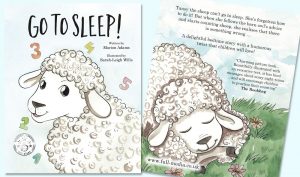
Anyone who has been read a Beatrix Potter book, or Wind in the Willows, as a child, will recognise how important seeing emotions and stories through an animal’s eyes are. If there is something scary, then a child will be removed enough from the character to be able to deal with that fear and possibly even face up to it. “Sadie the Spider” is a great example of an animal that is just trying to show everyone else (and, importantly, other children in the story) that she isn’t scary and spiders can be trusted.
Animals For Teaching
As touched on in the previous paragraph, children do still see a distance between them and the animal, as they aren’t of the same species. This is helpful when touching on difficult subjects, such as bullying, death or abuse. Having an animal they trust and recognise helping them through something can be a great way to approach tricky subjects. Situations such as the death of a pet can be a very tough one, as everyone will be grieving, so books like “Darcey Doggy” are a great way to help children cope with sad situations. Our own “Gillie Can” series features lots of ways children can learn to live everyday life, such as sharing, counting, baking and making. The animal friends are harmless, but still human enough to be identifiable.
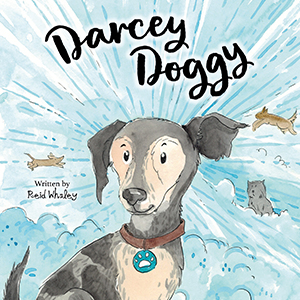
For lifelong lessons or tough subjects, an animal can be a great way of telling that story, or passing the message on. Just think of all the books you read as a child that stayed with you and featured animals. A child’s development can be enriched with the magic of an animal story, and they’re also great fun! Puppies, horses, cows, sheep; there are so many “cute” animals that can be used to tell a story that may otherwise struggle to capture the child’s imagination. For more great animal stories, check out our gallery page and see what you can learn!

